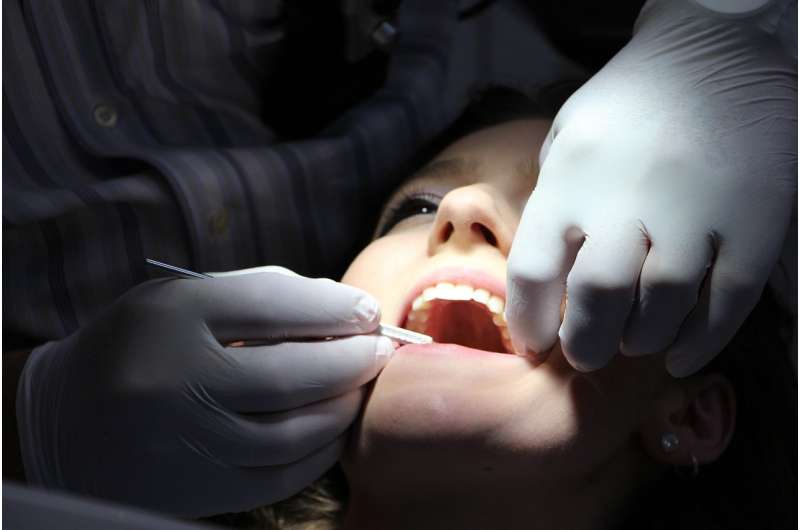Socioeconomic Factors Influence Childhood Asthma Risk Across Europe

Children from resource-limited households across Europe face a higher risk of developing asthma, with socioeconomic status significantly influencing childhood respiratory health disparities.
Asthma remains one of the most common chronic conditions affecting children worldwide. Recent research has highlighted that children living in households with limited resources face a significantly higher likelihood of developing asthma compared to their peers in more affluent families. This comprehensive study, conducted across six European high-income countries—namely Denmark, Norway, the United Kingdom, the Netherlands, France, and Spain—has shed light on the underlying social inequalities contributing to this health disparity.
The findings show that children whose mothers have shorter or medium education levels and come from low-income families have about a 17% increased risk of asthma compared to children with mothers possessing long education and higher household incomes. The extent of this inequality varies by country, with Denmark exhibiting the lowest gap at 7%, while France shows the highest at 61%. These disparities persist even in countries with strong social safety nets, suggesting that socioeconomic status plays a crucial role in childhood health outcomes.
The study also explored factors such as smoking during pregnancy, breastfeeding duration, and birth challenges like prematurity or cesarean sections. While these elements partially explain the increased risk, they do not account for all variations, indicating that other factors—such as indoor air quality, outdoor pollution, and maternal stress—may also contribute significantly to these inequalities.
Researchers emphasize the importance of targeted support for vulnerable families. Measures could include enhanced smoking cessation programs, breastfeeding assistance, and broader social policies aimed at reducing overall inequality. Ensuring equitable early-life conditions is vital in preventing the development of asthma, which not only affects children's immediate health but also predisposes them to ongoing health issues into adulthood.
Ultimately, addressing these social determinants of health can lead to improved childhood respiratory health and reduce disparities across European populations.
Source: https://medicalxpress.com/news/2025-09-children-homes-resources-asthma.html
Stay Updated with Mia's Feed
Get the latest health & wellness insights delivered straight to your inbox.
Related Articles
Hypnosis as a Complementary Approach for Managing Dental Pain and Stress
Hypnosis shows promising potential in managing dental pain, anxiety, and chronic orofacial conditions, enhancing patient comfort, and reducing medication use. A recent review underscores the importance of integrating hypnosis into dental practice through standard protocols and training.
Link Between Blood Vessel Dysfunction and Muscle Wasting in Cancer Patients
New research uncovers how blood vessel dysfunction contributes to muscle wasting in cancer, pointing to potential new treatments to improve patient strength and outcomes.
Brain Care Score Indicates Risk for Heart Disease and Common Cancers
Discover how the McCance Brain Care Score can predict the risk of cardiovascular disease and common cancers, emphasizing lifestyle's role in holistic health.
Walking Influences How the Brain Processes Sound, New Research Shows
New research shows that walking alters how the brain interprets sounds, with movement enhancing neural responses and aiding in environmental awareness.



